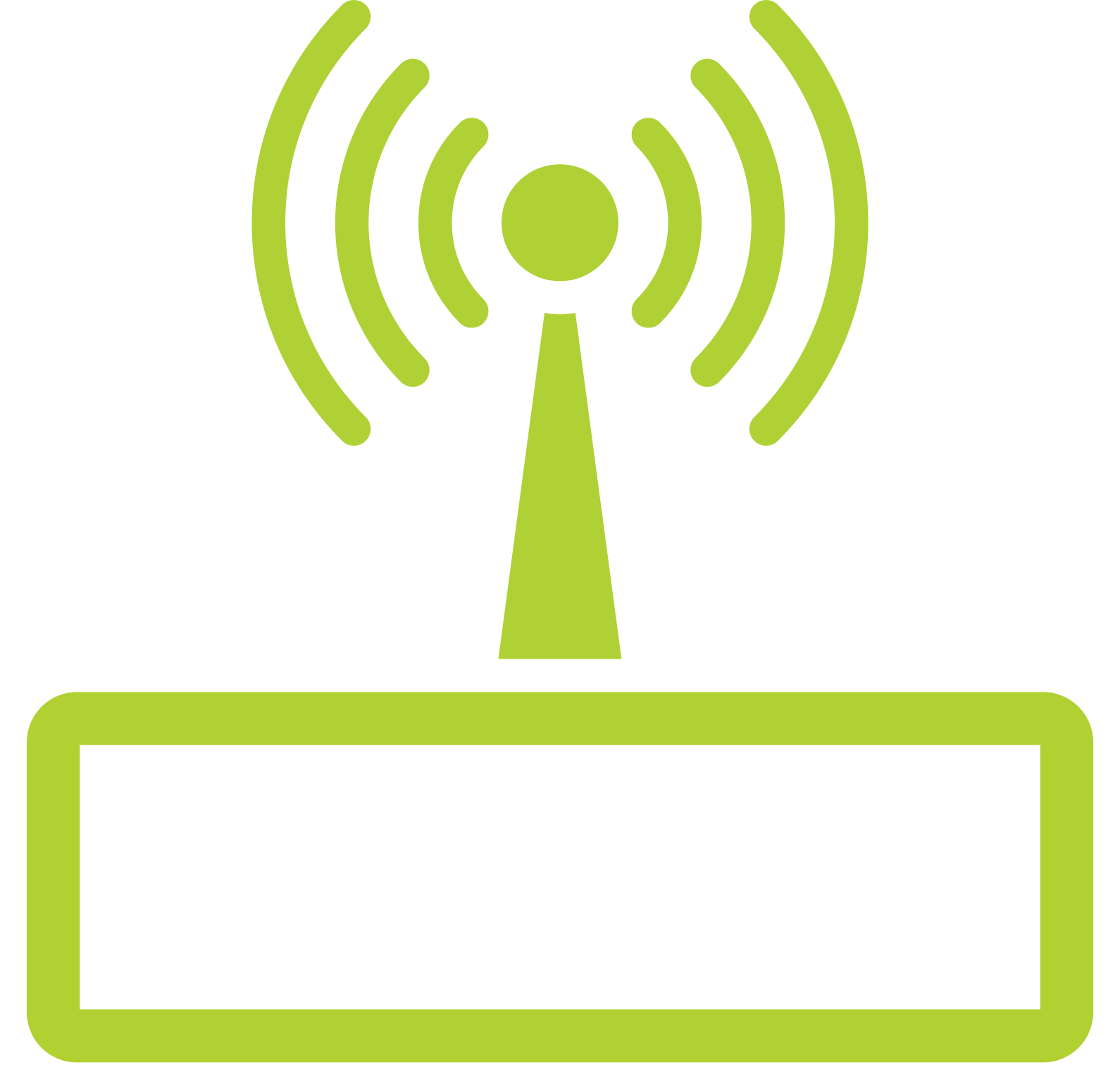Exploring the Advantages and Drawbacks of Different Bulk Internet Devices Options
Exploring the Advantages and Drawbacks of Different Bulk Internet Devices Options
Blog Article
As it comes to selecting mass internet devices, there are multiple options accessible, each with its individual advantages and disadvantages. This equipment is crucial for businesses, schools, and also large households that require a dependable internet connection. Understanding the different types of devices can assist users make knowledgeable choices that best satisfy their needs. The primary types consist of routers, switches, entry nodes, and modulation devices, each playing a distinct function in establishing a robust internet framework.
Routers are crucial devices that control data flow between the internet and internal networks. They connect multiple devices to the internet and enable them to communicate with each other. One significant advantage of routers is their ability to provide both wired and Wi-Fi links, making them versatile for different configurations. Nonetheless, the disadvantage is that not all routers are designed equal; some may not handle heavy load effectively, resulting to slower velocity and possible downtime.
Switches, on the contrary, are used to link multiple devices within a local network. They function by collecting data units and forwarding them to the appropriate units. The primary benefit of network switches is that they improve network performance and velocity by minimizing congestion. Nonetheless, they do not offer internet connectivity on their own, which means they must be used in combination with a routing device. This requirement can add complexity to the network design and raise costs.
Access points broaden the wireless range of a network, allowing users to link to the internet from various locations within a building or site. The primary advantage of entry nodes is their ability to remove dead zones, guaranteeing that all users has access to a reliable signal. However, they can be expensive and may need extra setup to integrate seamlessly with current networks. Users must also consider the placement of access nodes to maximize range and efficiency.
Lastly, modems play a vital function you could check here in offering internet access by translating data from the internet service provider into a configuration that devices can understand. They often arrive with built-in routing devices, but standalone modulation devices are also available. The advantage of using a modem with an embedded router is ease and lessened equipment clutter. On the downside, the combined units may read here not provide the same efficiency levels as separate devices, especially in high-demand settings. By evaluating the strengths and disadvantages of each equipment go right here type, users can select the optimal combination to create an efficient and dependable internet visit this site configuration.